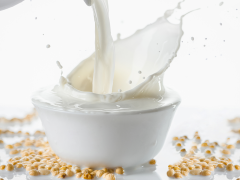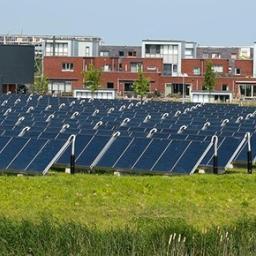Facility arrangements and the environmental performance of disposable and reusable cups
This paper integrates two complementary life-cycle assessment (LCA) studies aimed at advicing facility managers on the sustainable use of disposable or reusable cups. Study-1 compares three disposable cups, i.e., from fossil-based polystyrene (PS), biobased and compostable plastic (polylactic-acid; PLA) and PLA-lined paper . Study-2 compares the disposable PS cup with handwashed and dishwashed reusable cups.
Study-1 purposely used multiple data-sets for important life-cycle-processes, leading to large and overlapping spread in impact results. This prevents identifying a preferable disposable cup material, though still allows cautious preferences about waste treatment. Based on average impact results, composting biocups performs worse than other waste treatments, anaerobic digestion performs in almost all impact categories better than incineration for the PLA cup, and recycling performs slightly better than incinerating for both biocups (but not for the PS cup). The recycling-incineration comparison is affected by the relatively large credits for avoided Dutch electricity-production. Impact results for reusable cups in Study-2 do not perform better nor worse than disposable cups. Cleaning behavior strongly influences Impact results for the reusable cups.
Conclusions
Overall results do not allow preference for one of the disposable cups or for disposable versus reusable cups, but facility managers can stimulate using them more than once. This gives a considerable environmental gain.
Authors
Specifications
- Publication title
- Facility arrangements and the environmental performance of disposable and reusable cups
- Publication date
- 20 June 2015
- Publication type
- Publication
- Magazine
- The International Journal of Life Cycle Assessment
- Product number
- 1830




